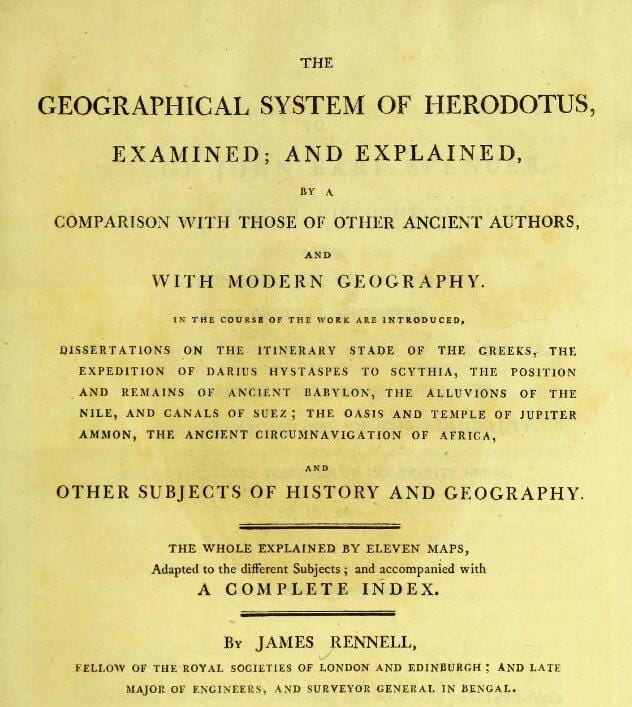Tag British Empire
Zvi Ben-Dor Benite in discussion with Alec Israeli about his recent JHI article.
by guest contributor Nile A. Davies
by Emily Rutherford Last week, I was meant to be teaching the women’s suffrage movement to my modern British history discussion section, but my students only wanted to talk about one thing: Prime Minister David Cameron visited Jamaica last week,… Continue Reading →
by Emily Rutherford In my post about the History Manifesto last week, I wrote that one of the things I want to explore on this blog is the “crisis” in which the national history of modern Britain has found itself… Continue Reading →




